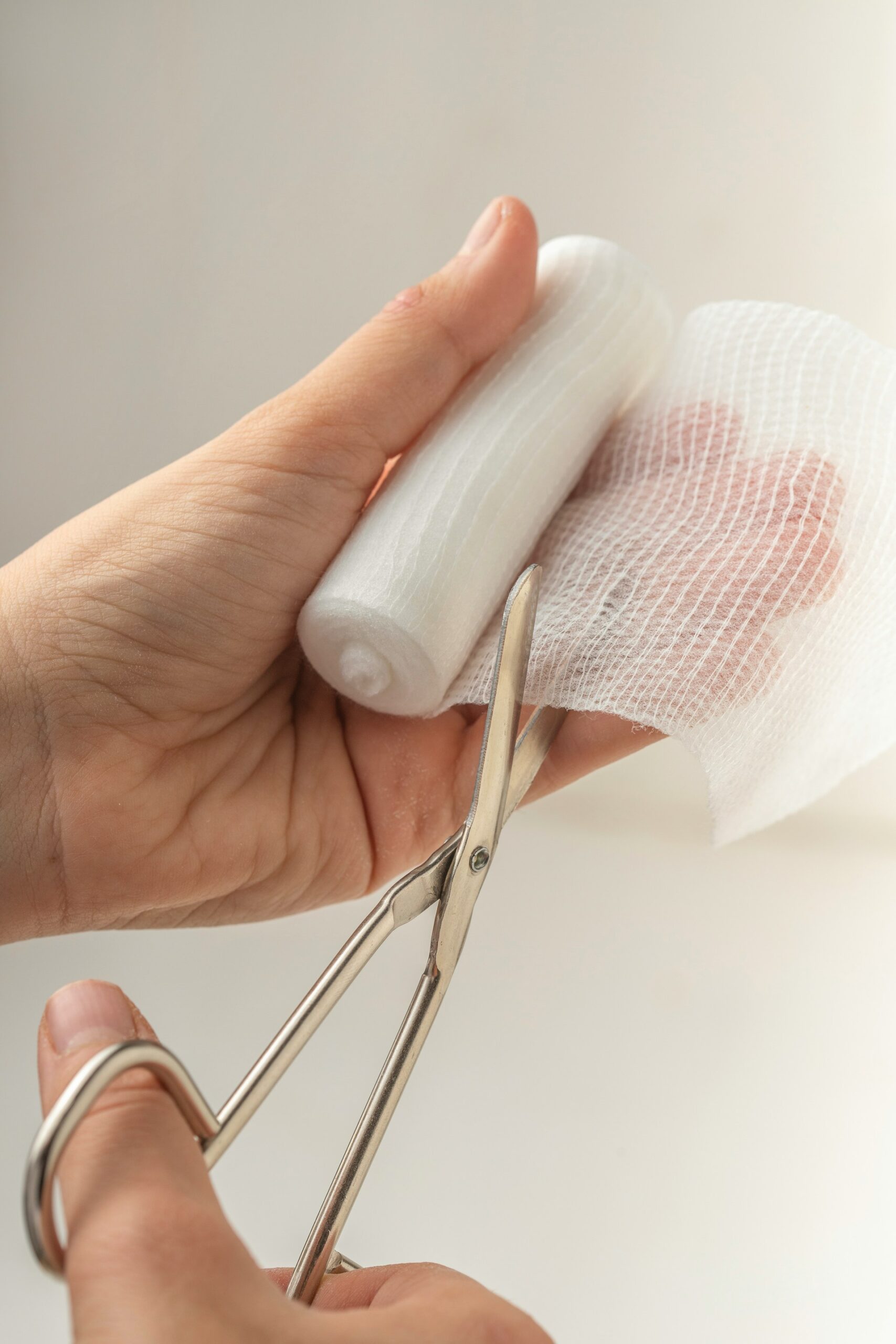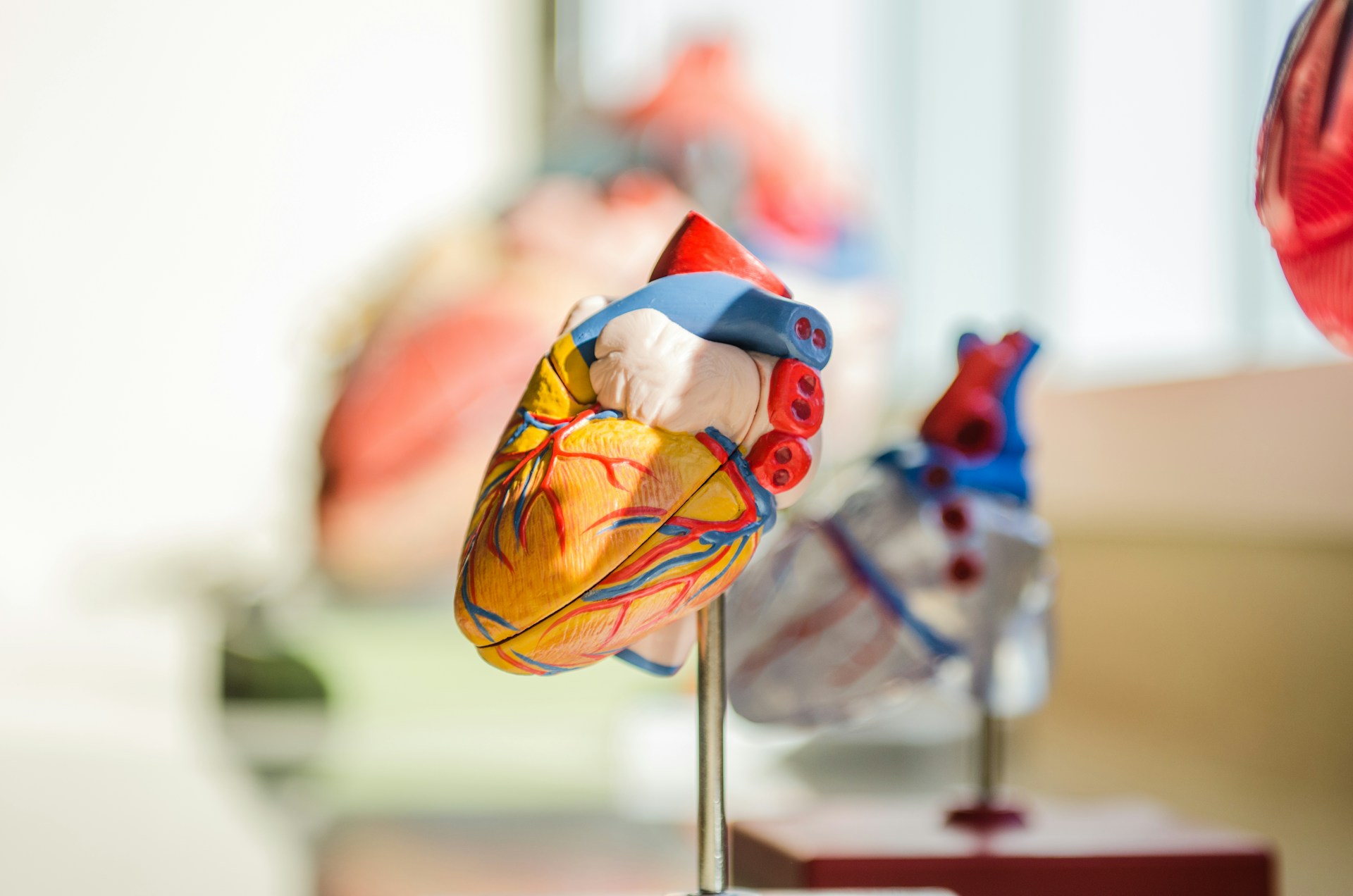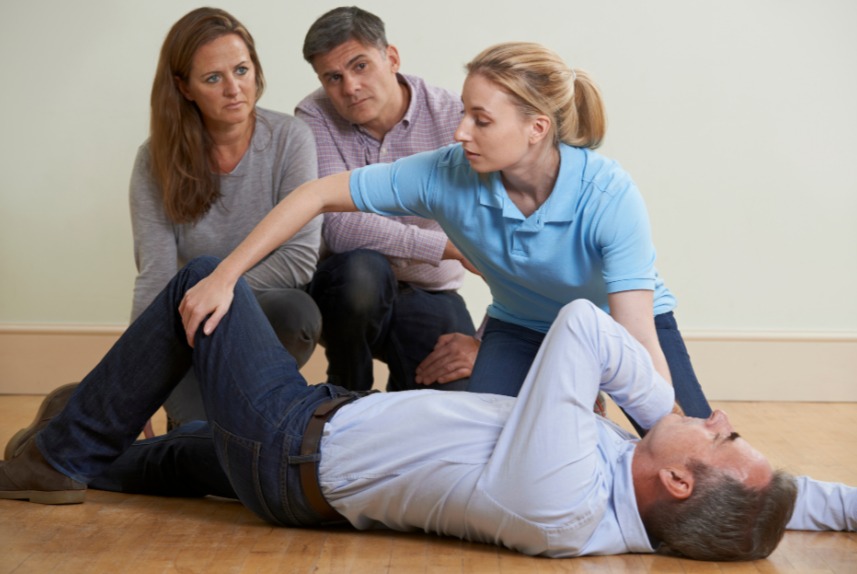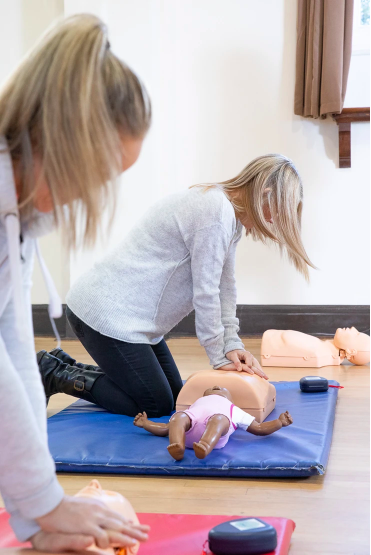I’m sure we’ve all seen it happen, a bump on the head after a slip, trip or knock. In most cases, it’s nothing to worry about. But there is a chance that the casualty may have concussion, so knowing when to monitor, when to seek help, and how to provide first aid can make all the difference.
What Happens When You Bump Your Head
A mild head bump can cause pain, redness or swelling where the impact occurred. Children, in particular, may be more prone to knocks to the head during play or sports. While most head bumps heal quickly, it’s important to be aware that even minor injuries can sometimes lead to concussion or, very rarely, bleeding inside the skull.
A head injury is considered minor if the person remains alert, responsive, and does not lose consciousness – but all head injuries should be taken seriously, especially in children and older adults.
First Aid for a Minor Head Injury
If someone bumps their head but appears otherwise well:
- Apply a cold compress for short periods of time over the next few days, to reduce pain and swelling. Wrap ice or a cold pack in a cloth – never apply directly to the skin.
- Monitor for changes in behaviour, alertness, vision, coordination or signs of illness for at least 24 hours.
- Allow rest and avoid stress, but the casualty does not need to stay awake if tired. An adult should stay with the casualty for the first 24 hours.
- Treat pain with paracetamol if needed (always follow dosage guidance).
When to Seek Medical Help
You should call 111 or take to A&E if the casualty:
- Has been vomiting since the injury.
- Is unusually drowsy, confused or irritable.
- Develops a worsening headache.
- Has blurred vision or problems with balance.
- Lost consciousness but has woken up.
- Has an open wound.
- Has bruising, swelling or a cut larger than 5cm.
- Is under one year old, or taking blood-thinning medication.
Do not drive yourself to A&E.
If you suspect a serious head injury, Call 999 immediately. Keep the person still, support their head and neck, and do not move them unless absolutely necessary. Symptoms may include:
- Clear fluid or blood coming from the ears or nose.
- Knocked unconsciousness and not waking up.
- A seizure.
- Fallen from a height greater than 1 metre.
- Suffered a severe impact (car crash, hit by a car or bike, fallen from height, diving accident).
- Difficulty staying awake.
- A black eye without direct impact to the eye.
- Bleeding from the ears or bruising behind the ear.
- Numbness or weakness in part of their body.
- A head wound with an embedded object or a dent to the head.
- Problems with hearing, vision, walking, balance, understanding, speaking or writing.
- Pupils are different sizes.
Preventing Head Injuries
Simple precautions can reduce the risk of head injuries at home and work:
- Encourage children to wear helmets during cycling or scootering.
- Use safety gates and supervise toddlers near steps.
- Ensure workplaces meet Health and Safety Executive (HSE) standards for falls and impact protection.
- Keep walkways and stairs clear to prevent trips and slips.
Final Thoughts
Most head bumps aren’t serious, but it’s vital to recognise when to seek help. Acting quickly and knowing what to look out for can make a huge difference to someone’s recovery.
At First Class First Aid, our training gives you the confidence to act calmly and effectively when it matters most. Get in touch to book your course today. First Aid Courses and Classes in Norfolk |





